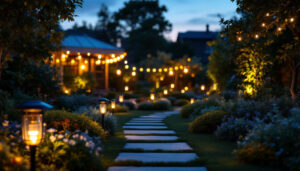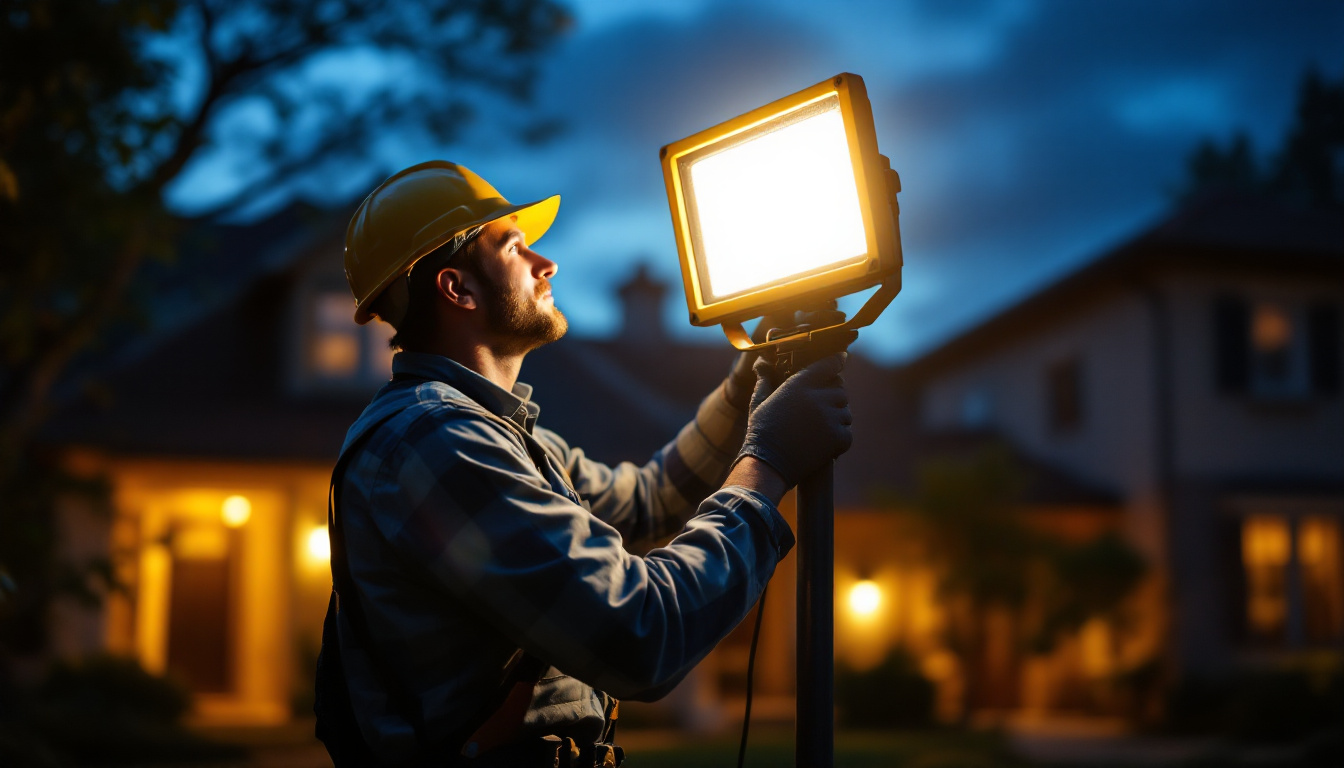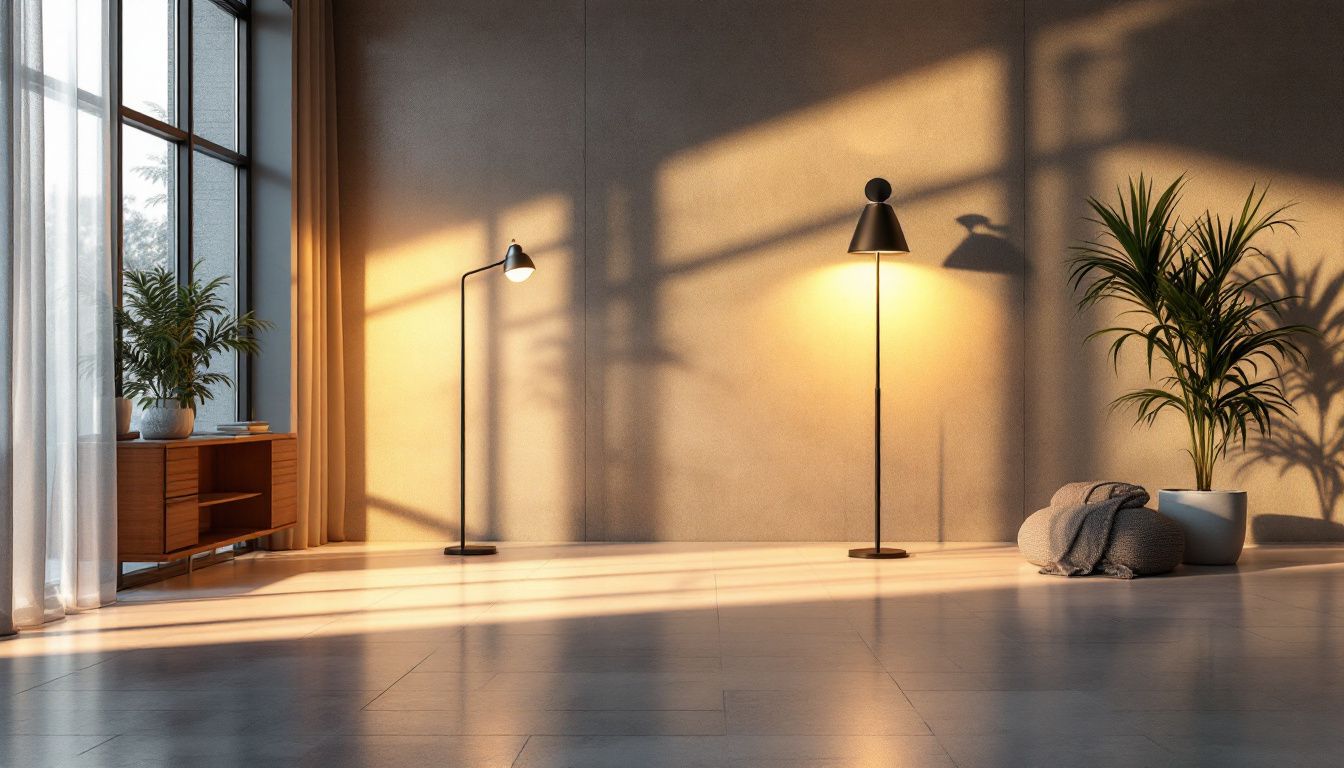

outdoor hanging lights can transform a porch into a warm and inviting space, enhancing both aesthetics and functionality. However, lighting contractors must navigate a variety of challenges to ensure that installations are not only beautiful but also safe and effective. This guide highlights common mistakes to avoid when selecting and installing outdoor hanging lights for porches, providing valuable insights for lighting contractors.
outdoor lighting serves multiple purposes, from enhancing security to creating ambiance. For porches, it is essential to strike a balance between functionality and design. A well-lit porch can act as an extension of the home, inviting guests and providing a safe passageway during the evening hours.
When considering outdoor hanging lights, contractors must think about the specific needs of the space. For example, will the lights be used primarily for entertaining, or are they meant to provide safety and visibility? Understanding these requirements will guide the selection process and ensure that the final outcome meets the client’s expectations. Additionally, the strategic placement of lights can create visual interest and highlight architectural features, such as columns or railings, enhancing the overall aesthetic appeal of the porch.
Moreover, the use of dimmable lights can further enhance the versatility of outdoor spaces. By allowing homeowners to adjust the brightness according to the occasion—whether it’s a lively gathering with friends or a quiet evening with a book—dimmable options can significantly elevate the outdoor experience. Incorporating smart lighting solutions can also provide homeowners with the ability to control their outdoor lights remotely, adding convenience and security.
Not all hanging lights are created equal. The choice of fixtures can significantly impact both the aesthetic and practical aspects of outdoor lighting. Contractors should consider factors such as the style of the home, the size of the porch, and the desired level of brightness.
For instance, oversized fixtures may overwhelm a small porch, while tiny lights may get lost in a larger space. Additionally, the materials used in the fixtures should be weather-resistant to withstand outdoor conditions, ensuring longevity and performance. Popular materials include stainless steel, brass, and durable plastics, each offering unique benefits in terms of style and maintenance.
Furthermore, the style of the fixtures should complement the overall design theme of the home. For a modern aesthetic, sleek and minimalistic designs work well, while traditional homes may benefit from ornate lanterns or vintage-inspired fixtures. Color temperature is another crucial aspect to consider; warm white lights can create a cozy, inviting atmosphere, while cooler tones can lend a more contemporary feel. By carefully selecting the right fixtures, contractors can help homeowners achieve a cohesive look that enhances their outdoor living spaces while fulfilling practical lighting needs.
One of the most critical mistakes lighting contractors can make is failing to check local regulations and codes regarding outdoor lighting. Different municipalities may have specific guidelines about the types of fixtures allowed, their placement, and even the brightness levels permitted. Ignoring these regulations can lead to fines, required adjustments, and unhappy clients.
Before beginning any installation, it is advisable to consult local building codes and zoning laws. This proactive approach not only ensures compliance but also builds trust with clients who appreciate a contractor’s thoroughness and professionalism. Furthermore, being well-versed in local regulations can also provide opportunities to suggest innovative solutions that align with community standards, potentially enhancing the project’s appeal. Contractors who stay updated on changes in legislation can position themselves as knowledgeable experts in their field, which can lead to increased referrals and repeat business.
Proper planning for electrical needs is vital for any outdoor lighting project. A common oversight is underestimating the power requirements of the chosen fixtures. Contractors should calculate the total wattage needed and ensure that the existing electrical system can handle the load.
Additionally, it is essential to consider the placement of outlets and switches. Installing lights without adequate access to power sources can lead to inconvenient solutions, such as visible extension cords or unsightly wiring. Planning ahead can save time and prevent costly modifications later on. Moreover, integrating smart lighting solutions can enhance the functionality of outdoor spaces. By anticipating future needs, such as the addition of more fixtures or the incorporation of smart technology, contractors can design systems that are both efficient and adaptable, ensuring long-term satisfaction for clients.
Outdoor environments can be unpredictable, and lighting contractors must account for various environmental factors when selecting fixtures. For example, areas exposed to high winds may require sturdier mounts, while regions with heavy rainfall may necessitate waterproof fixtures.
Furthermore, the surrounding landscape can influence lighting choices. For instance, trees or nearby structures may cast shadows, impacting the effectiveness of the lights. Understanding the environment allows contractors to choose fixtures that will perform optimally and maintain their appearance over time. Additionally, considering the ecological impact of lighting choices is becoming increasingly important. Selecting energy-efficient LED fixtures not only reduces energy consumption but also minimizes light pollution, which can disrupt local wildlife. By embracing sustainable practices, contractors can appeal to environmentally conscious clients and contribute positively to their communities.
When selecting outdoor hanging lights, it is essential to create a cohesive look that complements the overall design of the home. This involves considering the architectural style, color schemes, and existing outdoor furnishings. A mismatched lighting design can detract from the beauty of the space, making it feel disjointed.
Contractors should encourage clients to think about the overall aesthetic they wish to achieve. For example, rustic homes may benefit from wrought iron fixtures, while modern designs might call for sleek, minimalist options. By aligning the lighting design with the home’s style, contractors can enhance the visual appeal of the porch.
Another critical design consideration is the layering of light. Relying solely on a single source of light can create harsh shadows and an uninviting atmosphere. Instead, contractors should recommend a combination of ambient, task, and accent lighting to create a more dynamic and versatile space.
For instance, ambient lighting can provide general illumination, while task lighting can focus on specific areas such as seating or cooking spaces. Accent lighting can highlight architectural features or decorative elements, adding depth and interest to the overall design.
The height and placement of outdoor hanging lights are crucial for both functionality and aesthetics. Lights installed too high may fail to provide adequate illumination, while those placed too low can create glare or obstruct views. A general guideline is to hang lights at a height of 7 to 8 feet above the ground, ensuring they are accessible yet effective.
Additionally, the placement of lights should be strategic. Consider areas where people will gather or walk, ensuring that these spaces are well-lit for safety. Contractors should also take into account the direction of light, as fixtures that point downward can create a more inviting atmosphere compared to those that cast light upward.
Incorporating dimmers and smart controls into outdoor lighting systems can enhance the functionality and user experience. Dimmers allow for adjustable brightness, enabling clients to create the desired ambiance for different occasions. Smart controls can offer added convenience, allowing homeowners to manage their outdoor lighting through mobile devices or voice commands.
Contractors should educate clients on the benefits of these technologies, emphasizing how they can enhance the usability of outdoor spaces. By providing options for customization, contractors can increase client satisfaction and potentially lead to additional referrals.
Proper maintenance is essential for ensuring the longevity of outdoor hanging lights. Contractors should take the time to educate clients on how to care for their fixtures, including cleaning schedules and seasonal checks. For example, fixtures may need to be cleaned to remove dirt and debris that can accumulate over time, affecting their performance.
Additionally, clients should be informed about the importance of checking for any signs of wear and tear, such as frayed wiring or rust. Regular maintenance can prevent minor issues from becoming significant problems, ultimately extending the life of the lighting system.
The materials used in outdoor hanging lights can significantly impact their durability and performance. Contractors should recommend fixtures made from weather-resistant materials, such as stainless steel, aluminum, or treated wood. These materials are less likely to corrode or degrade over time, ensuring that the lights remain functional and visually appealing.
Furthermore, it is essential to consider the finish of the fixtures. Powder-coated finishes can provide additional protection against the elements, while certain glass types can resist fading and cracking. By selecting high-quality materials, contractors can enhance the longevity of their installations and reduce the need for replacements.
Outdoor hanging lights can elevate the charm and functionality of porches, but lighting contractors must navigate various considerations to ensure successful installations. By avoiding common mistakes, understanding design principles, and focusing on proper maintenance, contractors can create beautiful and lasting outdoor lighting solutions.
Ultimately, the goal is to provide clients with a well-lit space that enhances their outdoor experience. With careful planning and attention to detail, lighting contractors can deliver exceptional results that meet and exceed client expectations, paving the way for future projects and referrals.
Ready to enhance your outdoor lighting projects with the best in quality and value? Look no further than LumenWholesale, where we provide lighting contractors with spec-grade lighting products at unbeatable wholesale prices. Our extensive selection is designed to meet the highest industry standards, ensuring that you deliver reliable and high-performance lighting to your clients. Plus, with free shipping on bulk orders, you can enjoy premium lighting solutions at the best price, without any hidden fees. Elevate your lighting installations and exceed client expectations with the perfect blend of quality, affordability, and convenience at LumenWholesale. Make the smart choice for your business and experience Wholesale Lighting at the Best Value today.

Discover essential insights into canopy lights with our comprehensive guide tailored for lighting contractors.

Discover the essentials of outdoor floodlighting with our comprehensive guide tailored for lighting contractors.

Discover why lighting contractors should focus on floor lighting in their projects.

Discover essential tips for outdoor walkway lighting to enhance safety and aesthetics without breaking the bank.
Get notified when NEW deals are released.
Optimize your budget with wholesale discounts.
Only top-quality, specification-grade lighting products.
No additional costs at checkout - what you see is what you pay.
We understand the unique needs of contractors.